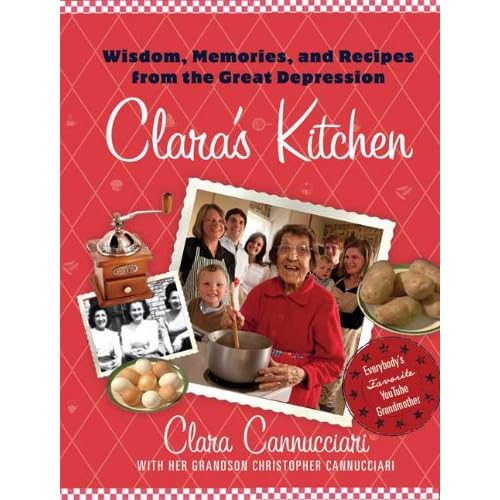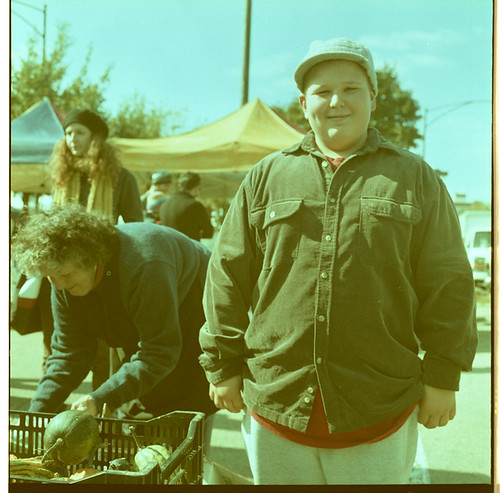BEIJING -- The number of Chinese infants sick in hospital after drinking tainted milk formula doubled to nearly 13,000 as the country’s top quality regulator resigned in the latest blight on the “made-in-China” brand.
Four deaths have been blamed on the toxic milk powder, which causes kidney stones and agonising complications, and a string of Asian countries have banned or recalled Chinese milk products.
The official Xinhua news agency said in a brief statement that the country’s quality chief, Li Changjiang, had quit in light of the scandal. It did not elaborate.
The Health Ministry said the number of children hospitalised due to the milk powder contaminated with the industrial chemical melamine rose from a previously announced total of 6,244 -- which included many who had left hospital -- to 12,892, including 104 who were in a serious condition.
More than 1,500 had already left hospital and nearly 40,000 with milder symptoms “received clinical treatment and advice” before going home. The ministry did not explain the sharp rise.
The jump to more than 54,000 affected children was announced late on Sunday, escalating a scandal that has again shaken trust in Chinese products after last year’s scares over toxic and shoddy goods from toothpaste and drugs to pet food and toys.
Melamine has also been found in cartons of milk and some dairy exports, but no illnesses from those sources have been reported.
Medical experts said on Monday that, as well as causing kidney stones, melamine could potentially cause far more serious complications by crystallising and then blocking tiny tubes in the kidneys.
Chinese Premier Wen Jiabao visited hospitals in the national capital in a bid to reassure an anxious public. But he also said the outbreak of poisonings exposed deeper failings.
“Although the ordinary people are very understanding, as the government we feel very guilty,” he said, according to the Xinhua news agency. “This event is a warning for all food safety.”
He also vowed stiff penalties if the problem re-emerges. “If there are fresh problems, they must be even more sternly punished under the law,” Mr. Wen said.
China’s food quality watchdog has said it found melamine in nearly 10 percent of milk and drinking yoghurt samples from three major dairy companies: Mengniu Dairy Co, the Inner Mongolia Yili Industrial Group and the Bright group.
Nitrogen-rich melamine can be added to watered-down milk to fool quality checks, which often use nitrogen levels to measure protein levels.
Past product safety scandals have exposed corruption, influence-peddling and lumbering, feuding bureaucracies overwhelmed by fragmented, cost-cutting producers. The milk scandal has shown a government campaign did not end those woes.
China’s dairy producers faced a “crisis of confidence” that would need strong official steps to cure, said Lao Bing, manager of a Shanghai-based dairy investment company.
“Consumers will start rebuying in a month or two if they feel sure the government is undertaking a vigorous clean-up,” he said. “Exports will take longer. This will have a major impact.”
Japan’s Marudai Food Co. Ltd withdrew buns made with milk supplied by Yili. A spokesman for Japan’s Nissin said that group had also recalled products with Chinese dairy ingredients.
The Japanese government has asked 90,000 companies to check if imports have been contaminated with melamine.
Other markets that have that have banned or recalled Chinese milk products include Brunei, Singapore, Malaysia, Hong Kong and Taiwan. Taiwan banned all mainland dairy products from Sunday.
Dutch dairy group Friesland Foods removed three types of milk products from shelves in Hong Kong, Singapore and Macau as a precaution, a spokesman told the ANP news agency.
The products were made by a Chinese company in which Friesland Foods holds a minority stake. Friesland Foods said less than 1 percent of products marketed under its “Dutch Lady” brand were affected.
Even White Rabbit Creamy Candy, a popular Chinese brand of milk sweet, was contaminated with melamine, Singapore’s Agri-Food and Veterinary Authority warned on Sunday.
At the weekend, a three-year-old Hong Kong girl was found to have a kidney stone after drinking a milk product tainted by melamine, making her the territory’s first suspected victim.
But the biggest worry remains in China.
Sanlu, the nation’s biggest maker of infant milk powder, knew about the problem but did not disclose it publicly for at least a month throughout August, when Beijing hosted the Olympics, officials have said.
The revelation brought a surge of panicky parents and children to hospitals, and the government has promised free treatment for stricken children. But some parents said they worried about costs and long-term complications.
Zhou Zhijun, from south China’s Hunan province, said she took her wailing, increasingly thin daughter to hospitals at least three times from June to late August before doctors diagnosed a kidney stone.
“All those visits and checks cost 20,000 yuan ($2,900), and I still don’t know who will pay for that,” she said, adding that her 15-month-old baby had drunk Sanlu milk powder. “Also what if there are complications and problems later? Who’ll pay for that?”
The Chinese Ministry of Agriculture said despairing farmers were dumping milk and killing cattle after companies stopped buying their supplies. It promised subsidies to help farmers.
© Thomson Reuters 2008
HK





















.jpg)
















